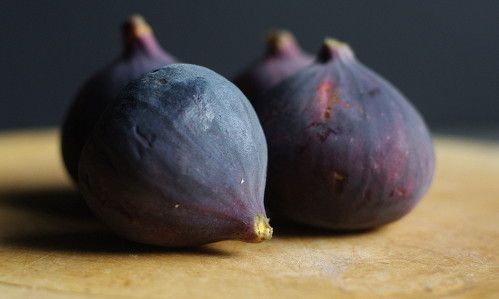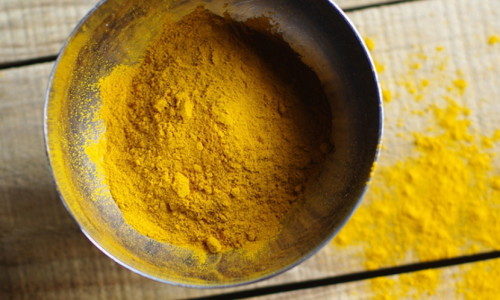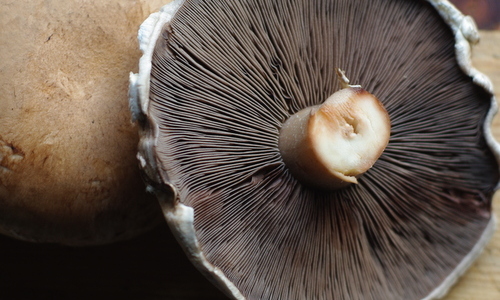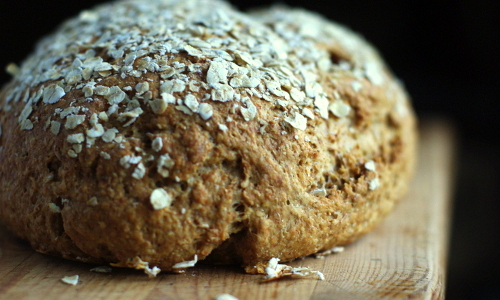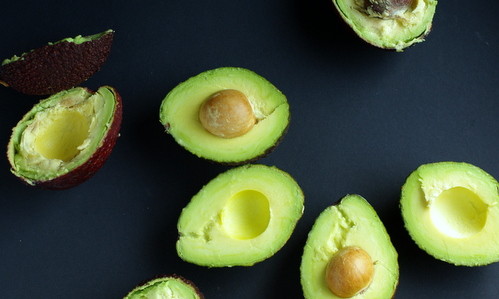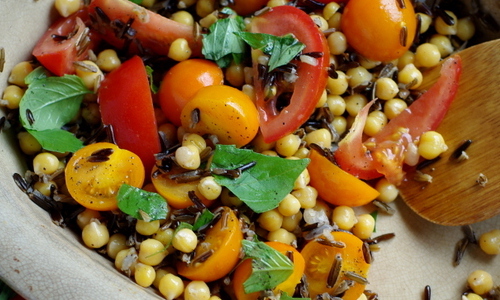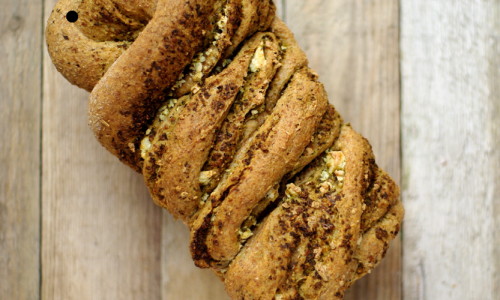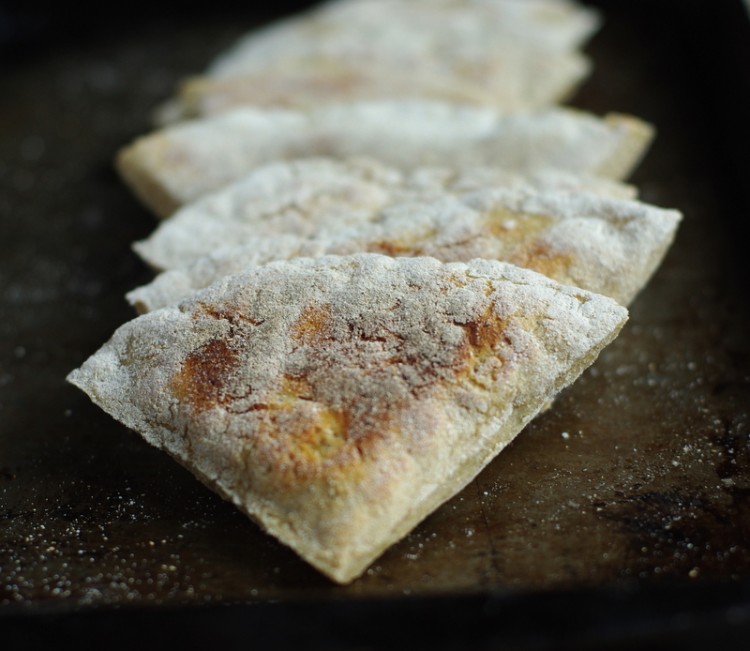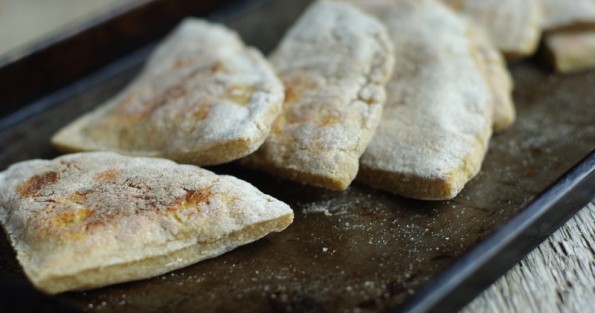The first time I came to Shetland was in January of 2010. It was terrifying and exciting and thrilling. Buddy and I had been living on a tall ship since the spring of 2008, and had just got engaged in Lunenburg, Nova Scotia before Christmas. Coming to Shetland was coming to his home, not only to see where he was from (and try to decipher the dialect) but also to meet his parents and six older siblings.
We arrived in Aberdeen jet lagged, exhausted and too late to catch the overnight ferry to Shetland, so spent the night in a hotel and (after Buddy nearly fell out of a second story window leaping out of bed in a sleep addled state of mania when we were awoken by a fire alarm test the next morning) caught the ferry the next evening.
The following morning we woke early. The ferry gets in to Lerwick at around 7:00 in the morning. I was nervous and excited and filled with the awe of watching the dark form of Shetland sliding by us, every twinkling light a possible new family member. We left our cabin and headed for breakfast, and it was there in that moment, my mind buzzing with new experiences, voices, people and culture, that I first encountered the tattie scone.
Tattie scones are a traditional Scottish flat bread made of mashed potatoes and flour. They’re usually quarters cut from a round to give them their customary triangular shape. They are magnificent, soft and slightly squidgy, and on that first morning I doused the butterflies in my belly with a glorious fry-up with UK baked beans and my first tattie scones. This was my first real taste of any quintessentially Scottish food. The perfect way to start off my Shetland adventures.
A quick word on potatoes. With all of the current food trends and the tendency to regard anything starchy or carbohydrate rich as unhealthy and bad for your figure, the potato has been falling into the category of foods to avoid. I feel I must leap to the defense of the mighty potato here a bit. Potatoes are in fact an extremely healthy food, loaded with seriously beneficial nutrients. They are of particular note for their very high vitamin B6 content, a vitamin which plays a huge part in cell formation, cardiovascular health, neurological well being, the production of serotonin, melatonin, epinephrine, norepinephrine and GABA, and plays an crucial role in stamina and athletic endurance, allowing the body to access stored glycogen for energy. Potatoes also provided a whole host of various vitamins and minerals including potassium, plus they are loaded with fiber. While it’s obvious that if all of your potato consumption comes in the form of fries or fully loaded potato skins then this will be of detriment to your health, if potatoes are included into your diet in a healthful manner they provide an outstanding source of filling nourishment. Don’t avoid them just because they contain carbohydrates!
Okay, with tattie defending aside, back to tattie scones.
Traditionally the recipe for tattie scones is a dough made from potatoes mashed with butter and salt, and some white flour mixed in. The dough is then rolled out and cut into shape and then cooked on a greased griddle. The potatoes that we had were really waxy, so I decided to try making them without the inclusion of butter, and using beremeal, an ancient type of barley grown in the northern isles, as I figured that back in the day this would more likely have been used rather than white wheat flour. The beremeal gives them a gorgeous earthy, ground-grain flavour that I think really enhances them, but I really like to be able to taste the grain in bread. Beremeal may be a bit hard to come by so you could replace it with barley flour or whole wheat if you like. I also decided to cook mine more like you would bannocks, on a dry griddle rather than greased. This gave them a slightly more floury outside than you’d normally see, but the results were lovely.
Now that I’ve realized how easy these tattie scones are to make, I think I’ll start making them much more regularly. They’re a lovely alternative to bread, and are just gorgeous for breakfast with egg and some baked beans.
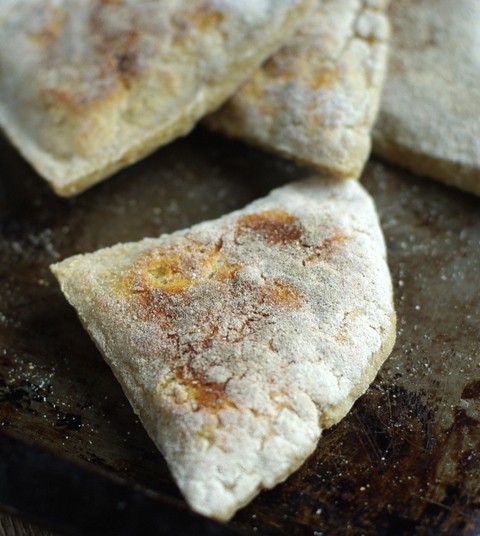

- 500g mashed potatoes (peel the potatoes before cooking)
- 100g beremeal flour
- 1/2 tsp sea salt
- Set a griddle or heavy frying pan on the stove top over medium high heat.
- In a large bowl combine the potatoes, flour and salt and knead it until it forms a smooth dough. Try a little bit and see if the seasoning is to a level that you like.
- Turn the dough out onto a lightly floured surface and roll it into a fairly fat cylinder. Cut it into four portions.
- Take one portion at a time and roll it into a ball in your hands. Place it back onto a lightly floured surface and begin to flatten it out. Roll it out, or gently pat it flat with your fingers forming a circle about 1cm thick. Cut the circle into four equal quarters.
- Place the quarters onto the griddle and leave to cook about 4-5 minutes on each side, until they’re dark golden brown and a bit crispy on the outside.
- Serve warm.
- Beremeal is quite hard to come by, so if you can't find any try using barley flour or whole wheat instead.

